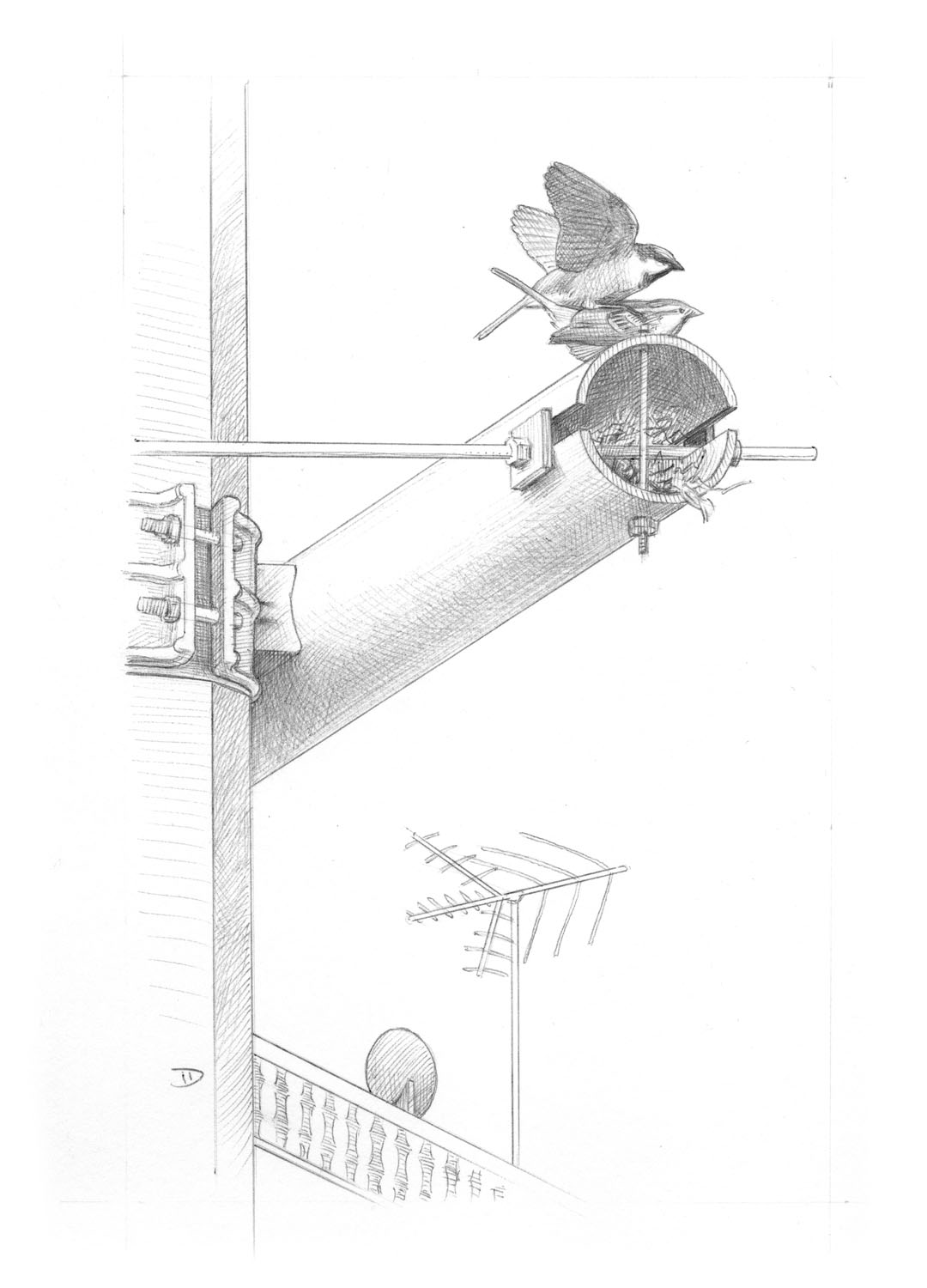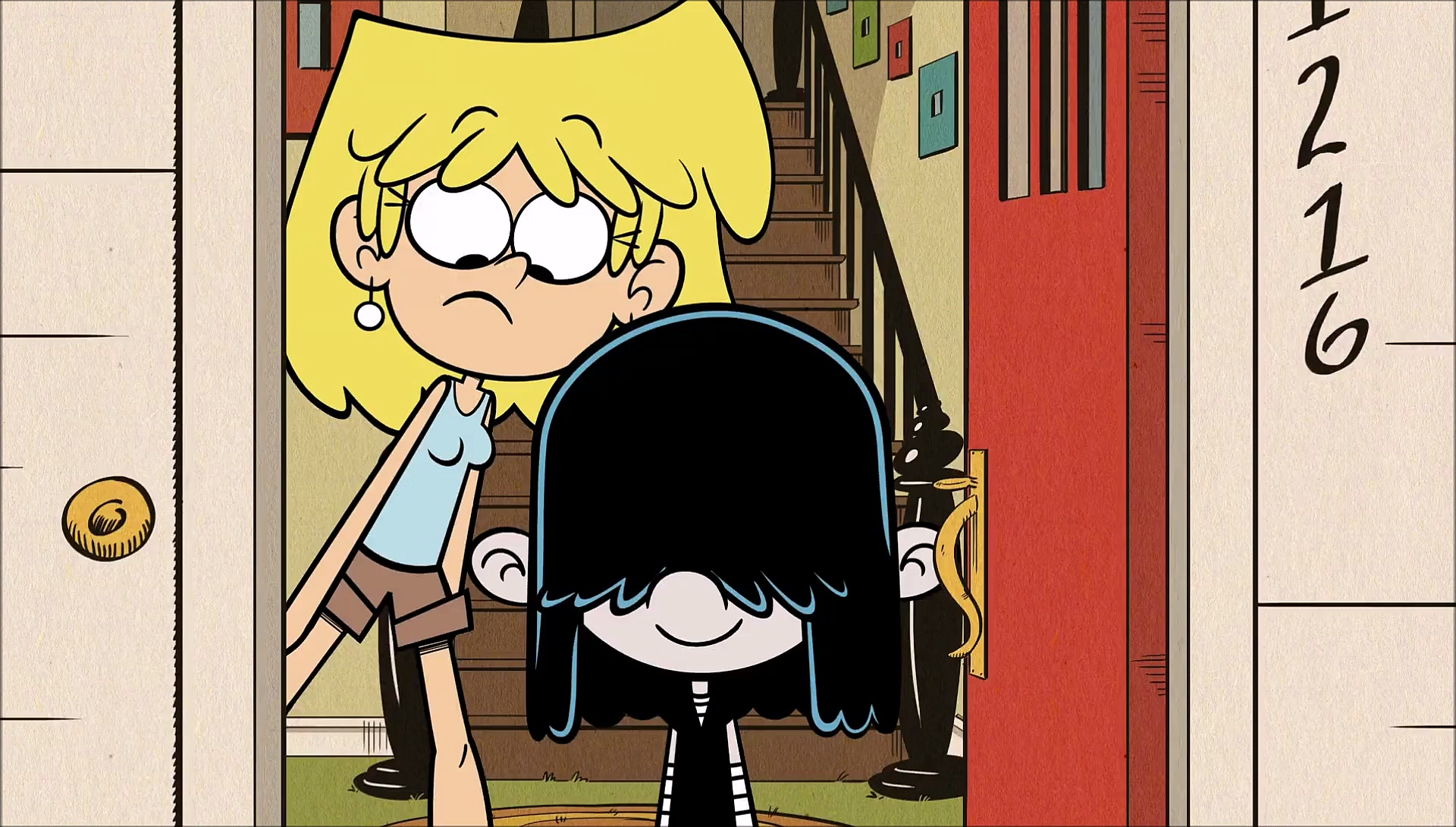Table Of Content
- House Sparrow: Least Wanted Backyard Birds
- Mayor Karen Bass urges L.A.’s wealthy to fund homeless housing
- Behavior
- What bird is similar to the tufted titmouse?
- Variation
- Stagecoach and Coachella fans leave behind tons of camping gear, clothes, food. Here’s what happens to it
- Different Species, Different Dialects

House Sparrows are estimated to have a global population in the hundreds of millions. They are considered one of the most numerous bird species worldwide. Population densities can vary significantly from one region to another. In areas with abundant food resources and favorable conditions, House Sparrows may have multiple broods during a single breeding season, producing several clutches of eggs.
House Sparrow: Least Wanted Backyard Birds

Each egg measures approximately ⅘ inch long and ⅗ inch across (21mm x 15mm), and clutches consist of one to eight eggs. They have found human buildings and dwellings provide excellent nesting opportunities, which often puts them in conflict with us. However, they are protected by the Wildlife and Countryside Act in the United Kingdom, where they are a native species. House Sparrows are found virtually throughout the United Kingdom, except for high-lying areas in Scotland and Northern England.
7 Fascinating Sparrow Facts You Should Know - Birds & Blooms
7 Fascinating Sparrow Facts You Should Know.
Posted: Wed, 13 Dec 2023 08:00:00 GMT [source]
Mayor Karen Bass urges L.A.’s wealthy to fund homeless housing
The typical clutch size ranges from 3 to 7 eggs, although larger clutches have been observed. Sometimes the males also bring nesting materials such as twigs, grass, and feathers to females as part of the courtship ritual, symbolizing their readiness to build a nest together. They were intentionally introduced to many other regions, including North America, South America, Australia, New Zealand, and various islands in the Pacific and Indian Oceans. Their introduction was driven by the desire to establish familiar bird species from Europe in the New World.
Behavior
Here’s a concise and straightforward chart to help you easily grasp and contrast the characteristics of male and female House Sparrows. Male and female House Sparrows have some distinct differences in their plumage, which can help you visually distinguish between them. Have a lot of these , Live by a creek and have been feeding serval birds, ducks, Muskrat, and deer. House Sparrow eggs are whitish and heavily streaked and speckled in gray/brown.
Females have a more subdued and cryptic plumage compared to males. They often appear uniformly brown with light streaks on the back and wings. Adult females lack the black bib seen in males, and their throat and chest are typically plain or lightly streaked.
House sparrows won’t stick around where there isn’t an easy food source. Its resourcefulness, ability to cope with diverse climates, and resilience in the face of environmental challenges are testaments to its adaptability. Their most prominent feature is the white crown with black stripes. These stripes run from the base of the bill to the nape of the neck, which is absent in House Sparrows.

Stagecoach and Coachella fans leave behind tons of camping gear, clothes, food. Here’s what happens to it
The significance of House Sparrow Songs and Calls lies in their contribution to the overall behavior and social dynamics of this bird species. Recent research published in the Proceedings of the Royal Society B found that house sparrows underwent genetic changes, including modified skull development and a gene that helps create the enzyme amylase that helps break down starch. The researchers hypothesized that these changes helped sparrows adapt to human settlements dominated by agricultural fields and livestock. The sparrows, according to the research, diverged from other Old World sparrows around 11,000 years ago, just as agriculture was taking hold in the Middle East. The article gives a lot of detail on the epigenetic basis of phenotypic plasticity in house sparrows.
Different Species, Different Dialects
Stephanie Klasky-Gamer, president and CEO of LA Family Housing, a homeless services provider and affordable housing developer, also courts donors. LA4LA is already partnering with the Housing Authority of the City of Los Angeles, a state-chartered agency that administers the city’s public housing developments, to provide loans to buy buildings. While they could get a higher return elsewhere, corporations and other investors are interested in helping create a city where their employees can afford to live, she said. Sarah Kirsch, managing director of affordable housing funds at the Community Foundation for Greater Atlanta, said that one of the funds offers investors a 3% return.
The female House Sparrow is responsible for constructing the nest, while the male may contribute some nesting materials. The nest is made from a variety of materials, including twigs, grass, straw, feathers, and even miscellaneous items such as bits of paper or plastic. The female carefully weaves these materials together to create a cup-shaped nest inside the chosen nesting site. House Sparrow’s breeding season primarily occurs during the spring and summer months. However, their ability to breed year-round in regions with milder climates means that they can potentially reproduce at any time of the year. House Sparrows are highly adaptable birds who are able to thrive in a wide range of habitats.
The House Sparrow has an extensive distribution on every continent except Antarctica. Their native range includes most of Europe and much of Asia and North Africa, and they were successfully introduced to North and South America, Australia, and Southern and Eastern Africa. House Sparrows are highly vocal little birds with a simple but familiar song. Watch the short video below for more examples of calls and sounds from a House Sparrow.
As new technologies are developed and refined, we expect the interest in house sparrow genetics, epigenetics and the microbiome to grow. Several local populations of house sparrows have been pedigreed, which enables quantitative genetic estimates of heritability and genetic architecture (Schroeder et al., 2015; Jensen et al., 2003; Wetzel et al., 2012). Additionally, many museums have large collections of house sparrows including many specimens collected before 1900 (Table 2). These collections will be valuable sources of genetic and morphologic data, as well as for use in analyses of pollutants during different eras of human co-habitation (e.g., DuBay and Fuldner, 2017). Reproductive biology has been another reason this species has been used as a model, in particular to understand the cues that influence the onset of breeding. Towards the global poles, house sparrows, like other species, rely on changes in the number of hours of daylight and temperature to ensure that breeding coincides with peak food availability (Hau, 2001).
If we’re thinking about protecting biodiversity in cities – and in a world that will have 9 billion people, we have to – we have to think about how changes impact wildlife. Just as modification to a tropical forest affects wildlife, so too do changes in farming practices, changes in city design, even changes in bird feeding habits. House sparrows are often considered one of the most adaptable birds, capable of thriving amongst our farms, suburbs and cities. The real story of their spread and decline is a bit more complex, and may have implications for urban conservation. House Sparrows that live in urban and suburban environments, where food sources are often more reliable and where there may be fewer natural predators, may have slightly longer lifespans. After nest construction is complete, the female lays a clutch of eggs.
The first introduction to North America was to New York City in 1851 or 1852, although the 8 pairs released seemed to fare poorly. However, this set off a wave of introductions throughout the United States. The reviewers felt that this was a well-written and entertaining short review on a study species for which "there is surprisingly little general literature". We believe that the article will make a strong contribution to "The Natural History of Model Organisms" collection.

No comments:
Post a Comment